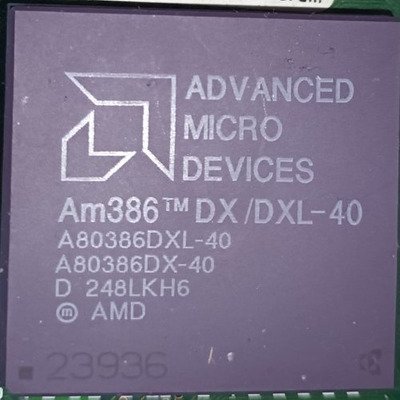First post, by Disruptor
- Rank
- Oldbie
debs3759 wrote:I just sent you my CPUID code (it stops shortly after x64 cpus came out, has a lot of old data). It's public domain with a copyright, so can be freely shared and used as long as I am given credit for code I supply.
I also have data relating to various 808x versions that is not yet in the files, if you need it.
Thanks Debbie for sharing that code.
After a first view on it, i was overwhelmed because it has show me that it is much more work than I have expected to achieve that results .
My pal mkarcher has commented "solid work". I fully agree to that.
I'll do some tests later.
I'll examine the detection of both CPUID and CPUID-less 486.
I know that the Am486 change their identifier when changing the jumpers from 3x to 4x or from 3x to 2x and when changing from write-back to write through.
But I'll inspect my Am486 DX4 NV8T too.
I also wonder how many different kinds of Am486 exist. WT/WB, 8K/16K L1, With/Without FPU, With/Without Intel ICE, 2x 3x 4x Multiplicator, Revisions/Steppings, Clock frequency
